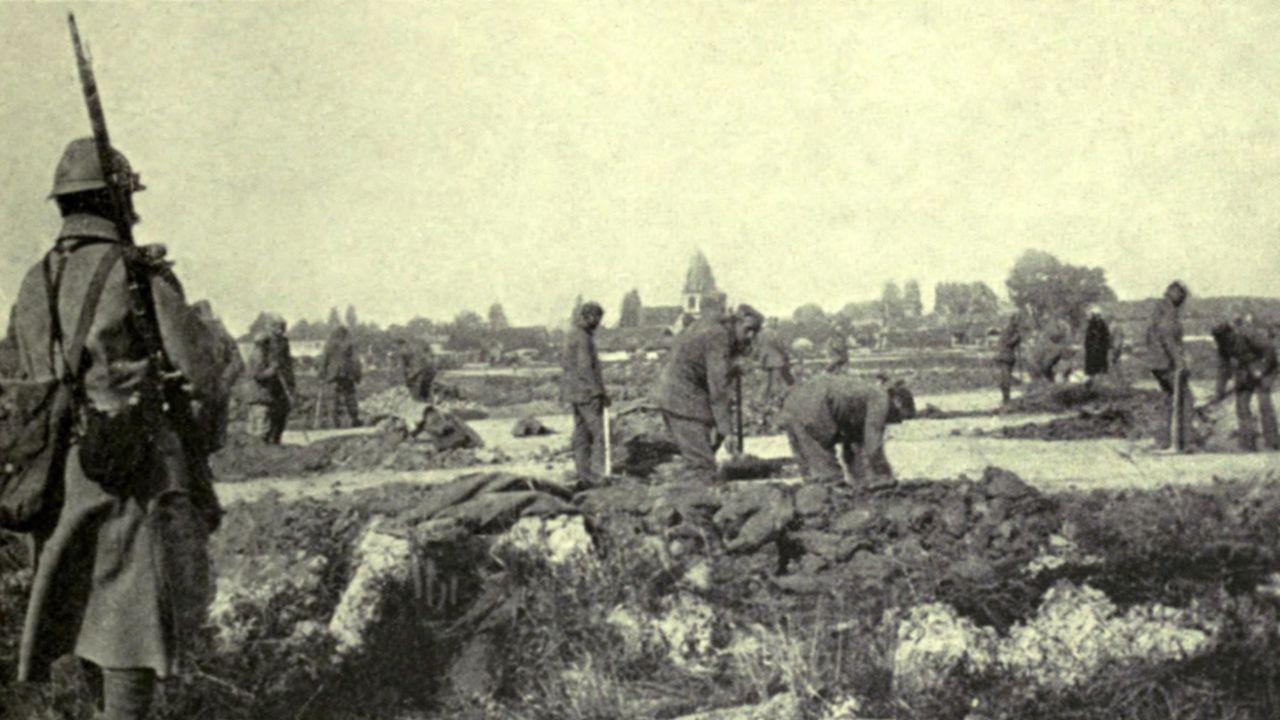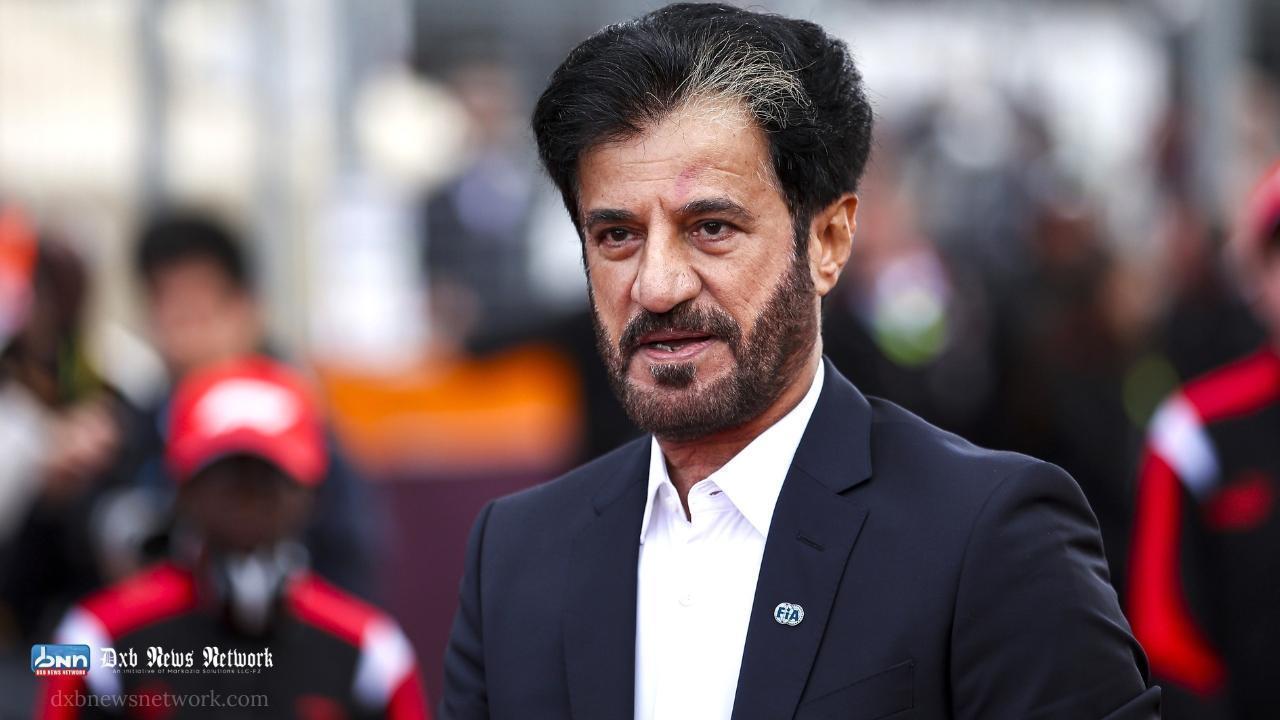
Post by: Vansh Kumar
Warfare has been a fundamental aspect of human history, shaping the rise and fall of civilizations and transforming the way societies interacted with one another. Over thousands of years, the development of weapons and military strategies has defined the outcomes of conflicts, influenced political landscapes, and altered the course of history. The journey from simple tools used for survival to complex, technologically advanced military systems illustrates the vast evolution of warfare. In this article, we will explore the history of warfare and weapons: key military strategies and how they have shaped the world as we know it.
In the earliest stages of warfare, humans relied on basic tools such as rocks, sticks, and sharpened stones for survival and combat. These primitive weapons were used for hunting, self-defense, and territorial disputes. As humans began to form more structured societies, the tools and weapons they used became more advanced, giving rise to early military strategies. The development of the bow and arrow around 1000 BC was a significant leap forward, as it allowed warriors to engage enemies from a safe distance. The phalanx formation, developed by the ancient Greeks, marked another milestone, where soldiers stood in close ranks with shields interlocked, creating an impenetrable wall of defense. This tactic proved effective in battle and became a dominant strategy in ancient warfare.
The medieval period saw the introduction of new military strategies and advanced weaponry, with castles and fortified structures becoming central to warfare. As armies grew larger and more organized, the role of knights became prominent. These heavily armored warriors wielded swords, lances, and shields, engaging in both cavalry charges and close combat. One of the most important military strategies during this time was siege warfare, where armies would encircle and starve out defenders or break through fortifications using catapults, trebuchets, and battering rams. At the same time, the rise of long-range weaponry such as crossbows and archers introduced new tactics. Armies often used archers to weaken the enemy before launching a direct assault, giving them a strategic advantage in battle.
The introduction of gunpowder in the 9th century in China revolutionized military technology. Gunpowder allowed for the creation of firearms, cannons, and explosives, which drastically changed the nature of warfare. The first firearms were rudimentary, but their power and impact were undeniable. By the 16th century, muskets had replaced bows and arrows, and artillery such as cannons became essential to warfare. During the Renaissance and early modern period, military strategies adapted to these new weapons. The use of gunpowder artillery to break through enemy fortifications, along with the development of massed infantry formations, marked a turning point in military tactics. The 17th and 18th centuries saw armies utilizing larger, more organized forces, with new formations and strategies like the line infantry, where soldiers stood in rows to fire in unison.
The two World Wars in the 20th century marked the most significant transformation in military technology and strategy. World War I introduced devastating new weapons, such as machine guns, tanks, and poison gas. The war’s trench warfare created a grueling and static form of combat, where soldiers fought for small gains in territory under horrendous conditions. The advent of tanks and airplanes allowed for greater mobility on the battlefield, while poison gas added a terrifying new element to warfare. World War II saw even more dramatic changes in military strategy. The introduction of aircraft carriers, long-range bombers, and submarines revolutionized naval warfare, while radar and communication technologies improved coordination. The development and use of nuclear weapons by the United States on Hiroshima and Nagasaki in 1945 forever changed the way wars were fought and the importance of nuclear deterrence in global strategy.
The face of warfare has continued to evolve rapidly in the modern era, particularly with the rise of technology. Today, warfare is less about large-scale, ground-based combat and more about precision and targeted operations. Advanced weapons like drones, precision-guided missiles, and cyber capabilities have changed the battlefield. Drones, in particular, allow for surveillance and targeted strikes without endangering human soldiers. Precision-guided munitions have made it possible to strike with pinpoint accuracy, reducing collateral damage and maximizing effectiveness. Furthermore, the emergence of cyberwarfare has introduced new tactics, where governments and militaries use digital tools to attack critical infrastructure, steal sensitive information, or disrupt enemy communications. The role of technology in modern warfare is ever-expanding, with artificial intelligence and autonomous systems set to play an increasing role in future military strategies.
Throughout the history of warfare, certain military strategies have been instrumental in shaping the outcomes of battles and wars. One of the earliest strategies was the phalanx formation, used by the ancient Greeks, where soldiers stood side by side with shields locked in place and spears thrust outward. This tactic allowed for a united front against enemy forces and became a symbol of Greek military prowess. During the medieval period, siege warfare became central to conflict, where armies used siege engines like trebuchets and battering rams to breach castle walls and fortifications. In modern times, strategies like blitzkrieg during World War II relied on the swift, overwhelming use of infantry, tanks, and air support to rapidly defeat enemies. Today, cyber warfare has emerged as a new strategy, with nations using cyberattacks to target infrastructure, cripple economies, and gain intelligence.
This article delves into the history of warfare and weapons, highlighting the evolution of military strategies and weaponry throughout the ages. It begins with the early use of simple tools like rocks and sticks, followed by the advent of advanced weapons like the bow and arrow and the phalanx formation in ancient times. The article then explores the transformative impact of gunpowder in the 9th century, leading to firearms and artillery that reshaped military tactics during the medieval period. The two World Wars ushered in new technologies like tanks, aircraft, and nuclear weapons, which forever altered the nature of warfare. Finally, modern warfare is discussed, emphasizing the role of technology such as drones, precision-guided missiles, and cyber warfare, which have revolutionized military strategies and tactics today.
The views and opinions expressed in this article are those of the author and do not necessarily reflect the official policy or position of DXB News Network. All information provided is intended for general informational purposes only. DXB News Network does not assume responsibility for any errors, omissions, or outcomes resulting from the use of this content.
#trending #latest #historyofwarfare #militarystrategies #weaponsdevelopment #ancientwarfare #medievalcombat #gunpowderrevolution #worldwars #modernwarfare #technologymilitary #cyberwarfare #militarytactics #strategicinnovation #weaponryevolution #breakingnews #worldnews #headlines #topstories #globalUpdate #dxbnewsnetwork #dxbnews #dxbdnn #dxbnewsnetworkdnn #bestnewschanneldubai #bestnewschannelUAE #bestnewschannelabudhabi #bestnewschannelajman #bestnewschannelofdubai #popularnewschanneldubai

HE Saeed Al Tayer reviews Al Shera’a, DEWA’s smart HQ—world’s tallest green building. Completion set for 2025...Read More.

Rory McIlroy wins the Masters in dramatic style, beating Justin Rose in a playoff and becoming the first European to complete the career Grand Slam....Read More.














Rory McIlroy wins Masters, completes career Grand Slam
Rory McIlroy wins the Masters in dramatic style, beating Justin Rose in a playoff and becoming the f

Rizwan Says English Isn’t a Must, Only Cricket Matters
Mohammad Rizwan proudly says he’s not ashamed of poor English. For him, playing cricket for Pakistan

Nightclub Roof Collapse in DR: Death Toll Hits 226
226 dead in Dominican nightclub collapse; nation mourns as families seek answers

Middle East’s Growing Influence in Formula 1 Recognized by FIA President Mohammed Ben Sulayem
Middle East’s Growing Influence in Formula 1 Recognized by FIA President Mohammed Ben Sulayem

'The Herds' starts journey from Africa to the Arctic Circle
‘The Herds,’ a cardboard animal show, starts in Congo to show how climate change pushes nature away.